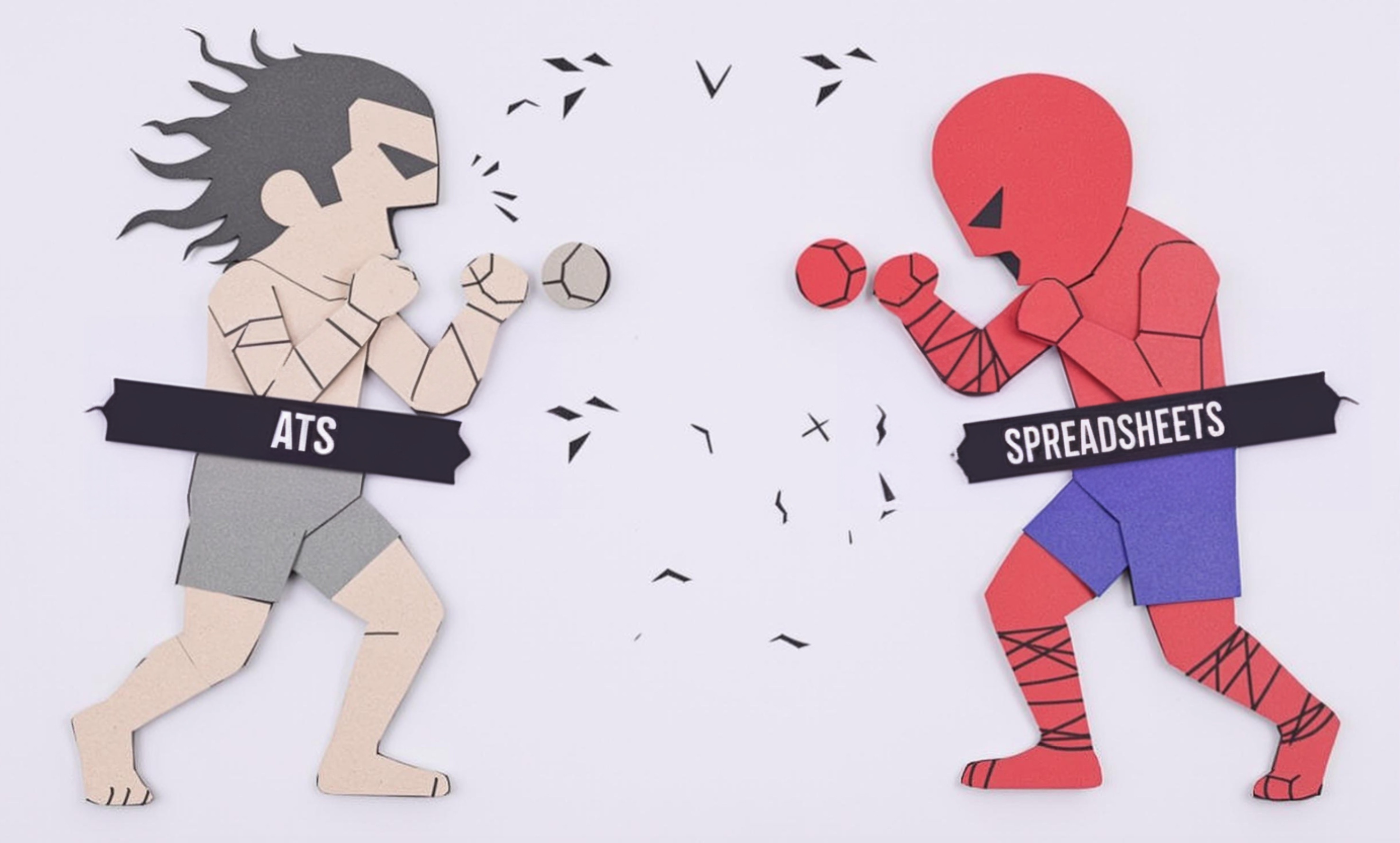
Tear Sheet
A tear sheet is a collection of professional photos and information used in the modeling and acting industry. Think of it as a visual resume that shows a talent's previous work and versatility. The name comes from the old practice of literally tearing pages from magazines where the model or actor appeared. Today, tear sheets can be digital or physical and typically include magazine appearances, commercial screenshots, print ads, and promotional materials. Talent agents and casting directors use tear sheets to quickly assess if someone fits the look or style they need for a project.
Examples in Resumes
Maintained digital tear sheet database for over 200 models
Created and updated tear sheets and portfolios for agency talents
Coordinated photoshoots for client tear sheet development
Managed both digital and printed tear sheet collections for the talent roster
Typical job title: "Talent Coordinators"
Also try searching for:
Where to Find Talent Coordinators
Industry Networks
Professional Resources
Example Interview Questions
Senior Level Questions
Q: How would you manage a tear sheet database for a large agency with multiple divisions?
Expected Answer: The answer should cover digital organization systems, categorization methods, updating procedures, and how to make tear sheets easily accessible to both agents and clients.
Q: What strategies do you use to ensure tear sheets effectively market different types of talent?
Expected Answer: Look for answers about customizing tear sheets for different markets (commercial, fashion, theatrical), understanding client needs, and maintaining current industry standards.
Mid Level Questions
Q: How do you organize and maintain both digital and physical tear sheets?
Expected Answer: Should explain systems for organizing, updating, and backing up tear sheets, plus methods for keeping physical copies in good condition.
Q: What elements do you consider essential in a professional tear sheet?
Expected Answer: Should mention key components like varied shots, recent work, contact information, measurements, and relevant credits.
Junior Level Questions
Q: What is a tear sheet and why is it important in talent management?
Expected Answer: Should explain that tear sheets showcase talent's work and help agents present their clients to potential employers.
Q: How do you keep track of when tear sheets need updating?
Expected Answer: Should discuss basic organizational systems and the importance of regular updates when talent gets new work or changes their look.
Experience Level Indicators
Junior (0-2 years)
- Basic tear sheet organization
- Digital file management
- Photo editing basics
- Communication with talent
Mid (2-5 years)
- Database management
- Portfolio curation
- Industry networking
- Market trend awareness
Senior (5+ years)
- Strategic portfolio development
- Team management
- Client relationship building
- Industry standard setting
Red Flags to Watch For
- No knowledge of industry standard formats
- Unfamiliarity with digital portfolio management
- Poor organization skills
- Lack of attention to detail
- No understanding of different market needs
Need more hiring wisdom? Check these out...

Why Your Hiring Spreadsheets Are Secretly Sabotaging Your Recruitment

Beyond Spreadsheets: Why Executive Dashboards in ATS Systems Are Your Secret Hiring Weapon

Cutting HR Costs Without Sacrificing Quality: A How-To for Savvy Executives

